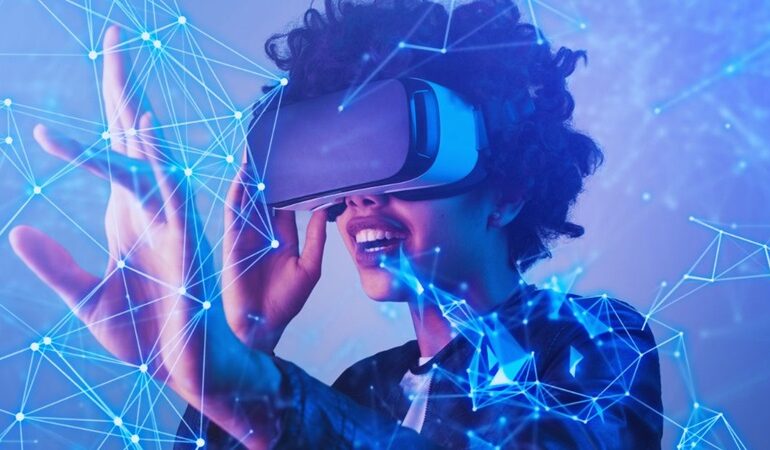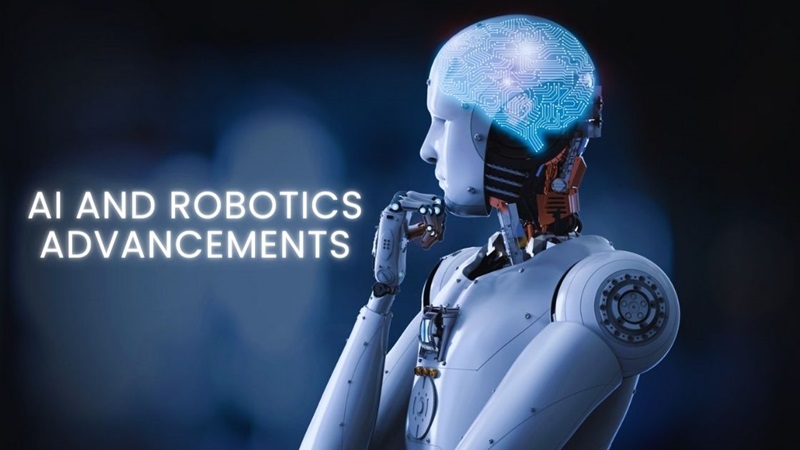Extended Reality (XR) Training: Revolutionizing Immersive Learning Experiences Across Industries

Extended Reality (XR) is an umbrella term encompassing Virtual Reality (VR), Augmented Reality (AR), and Mixed Reality (MR). These technologies create immersive, interactive environments that enhance the learning and training experience. By leveraging XR, industries can offer risk-free, realistic simulations that improve skill acquisition and retention.
The Components of XR: VR, AR, and MR
Virtual Reality (VR)
VR completely immerses users in a computer-generated environment, isolating them from the real world. Trainees wear VR headsets to interact with 3D models and scenarios, making it ideal for complex, high-risk training.
Augmented Reality (AR)
AR overlays digital information onto the real world, enhancing the user’s perception of their surroundings. Using devices like smartphones or AR glasses, trainees can access additional information and guidance while engaging with real-world tasks.
Mixed Reality (MR)
MR merges real and virtual worlds, allowing physical and digital objects to coexist and interact in real time. This technology uses advanced sensors and holographic displays to create a blended environment, offering highly interactive training scenarios.
Benefits of XR Training
Immersive Learning
XR provides a highly engaging learning experience, allowing trainees to immerse themselves in realistic simulations. This leads to better knowledge retention and skill acquisition.
Risk-Free Environment
XR enables training in hazardous or high-stakes environments without real-world risks. This is particularly beneficial for industries like healthcare and aviation, where mistakes can be costly or dangerous.
Cost-Effective Training
While the initial setup for XR training can be expensive, it ultimately reduces costs associated with travel, equipment, and materials. It also allows for scalable training solutions across multiple locations.
XR in Healthcare Training
Surgical Simulations
XR technologies are revolutionizing surgical training by providing realistic, hands-on simulations. Surgeons can practice complex procedures in a controlled environment, improving their skills and confidence.
Medical Education
Medical students can use VR and AR to explore human anatomy in 3D, engage in virtual dissections, and simulate patient interactions. This enhances their understanding and prepares them for real-world scenarios.
Rehabilitation
AR and MR are being used in physical therapy and rehabilitation, offering interactive exercises and real-time feedback. This helps patients recover faster and more effectively.
XR in Aviation Training
Flight Simulators
VR flight simulators provide pilots with a realistic cockpit experience, allowing them to practice maneuvers and emergency procedures. This reduces the need for expensive flight hours and enhances safety.
Maintenance Training
AR assists aviation technicians by overlaying digital manuals and instructions onto aircraft components. This streamlines maintenance processes and ensures accurate, efficient repairs.
Cabin Crew Training
XR technologies help cabin crew members practice safety procedures, customer service interactions, and emergency protocols in a virtual setting, enhancing their preparedness and performance.
XR in Manufacturing Training
Equipment Operation
VR and AR allow workers to train on complex machinery without the risk of damage or injury. Trainees can familiarize themselves with equipment, troubleshoot issues, and practice maintenance tasks.
Safety Protocols
XR simulations enable workers to practice safety procedures and emergency responses in a controlled environment. This prepares them for real-life situations and reduces workplace accidents.
Assembly Line Training
Mixed Reality provides interactive guidance and real-time feedback during assembly line training. Workers can learn to assemble products accurately and efficiently, reducing errors and improving productivity.
Challenges of Implementing XR Training
High Initial Costs
The setup and implementation of XR training can be costly, requiring investment in hardware, software, and content development. However, the long-term benefits often justify the initial expense.
Technical Limitations
Current XR technology may face limitations in terms of resolution, field of view, and interaction capabilities. Ongoing advancements are addressing these issues, making XR more accessible and effective.
User Adoption
Training staff and trainees to use XR technology effectively can be a challenge. Proper orientation and ongoing support are essential to ensure successful integration.
Future of XR Training
The future of XR training is promising, with continuous advancements in technology enhancing its effectiveness and accessibility. Innovations in AI, machine learning, and haptic feedback are expected to further improve XR experiences, making them more realistic and personalized.
Extended Reality (XR) training is transforming how industries approach education and skill development. By leveraging VR, AR, and MR technologies, businesses can provide immersive, risk-free, and cost-effective training solutions. While challenges exist, the benefits of XR training are substantial, making it an essential investment for forward-thinking organizations. As technology continues to advance, the potential of XR training will only grow, paving the way for more innovative and effective training experiences.
FAQs About XR Training
1. What is XR training?
XR training refers to the use of Virtual Reality (VR), Augmented Reality (AR), and Mixed Reality (MR) technologies to create immersive, interactive training environments.
2. How does XR training benefit industries?
XR training offers immersive learning experiences, risk-free simulations, and cost-effective solutions for industries like healthcare, aviation, and manufacturing, enhancing skill acquisition and safety.
3. What are the challenges of XR training?
Challenges include high initial costs, technical limitations, and user adoption issues. However, ongoing advancements and proper support can mitigate these challenges.
4. Can XR training be used in any industry?
While XR training is particularly beneficial for high-risk and complex industries, it can be adapted for various sectors to improve training efficiency and effectiveness.
5. What is the future of XR training?
The future of XR training involves continuous technological advancements that will enhance its realism, interactivity, and accessibility, making it a vital tool for diverse training applications.








